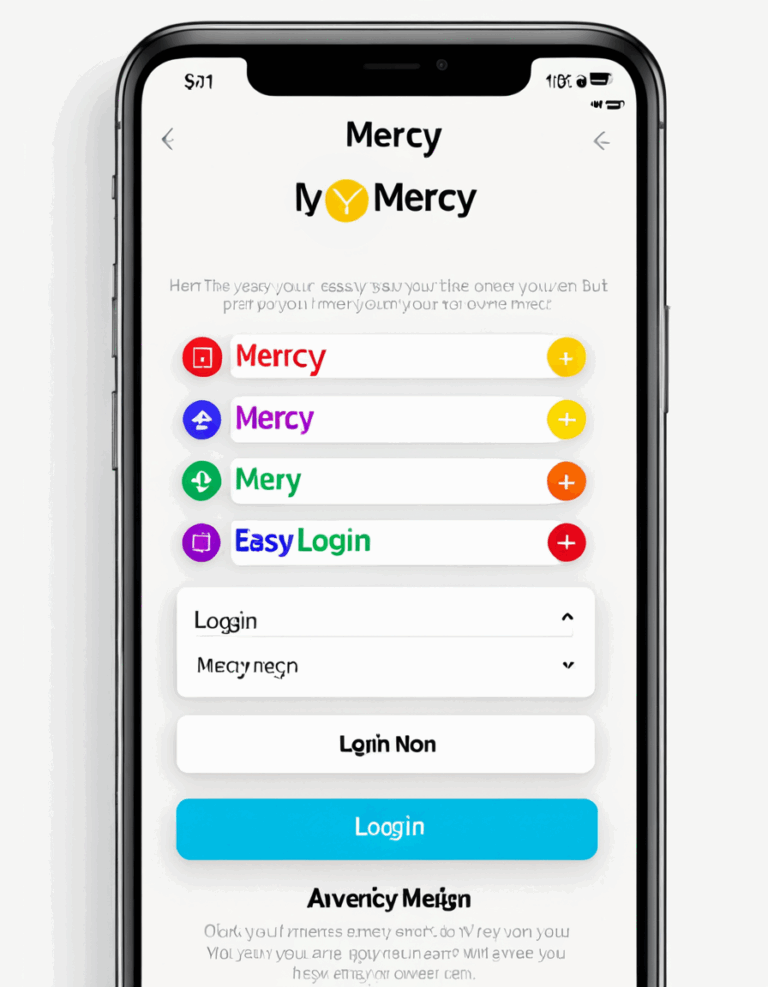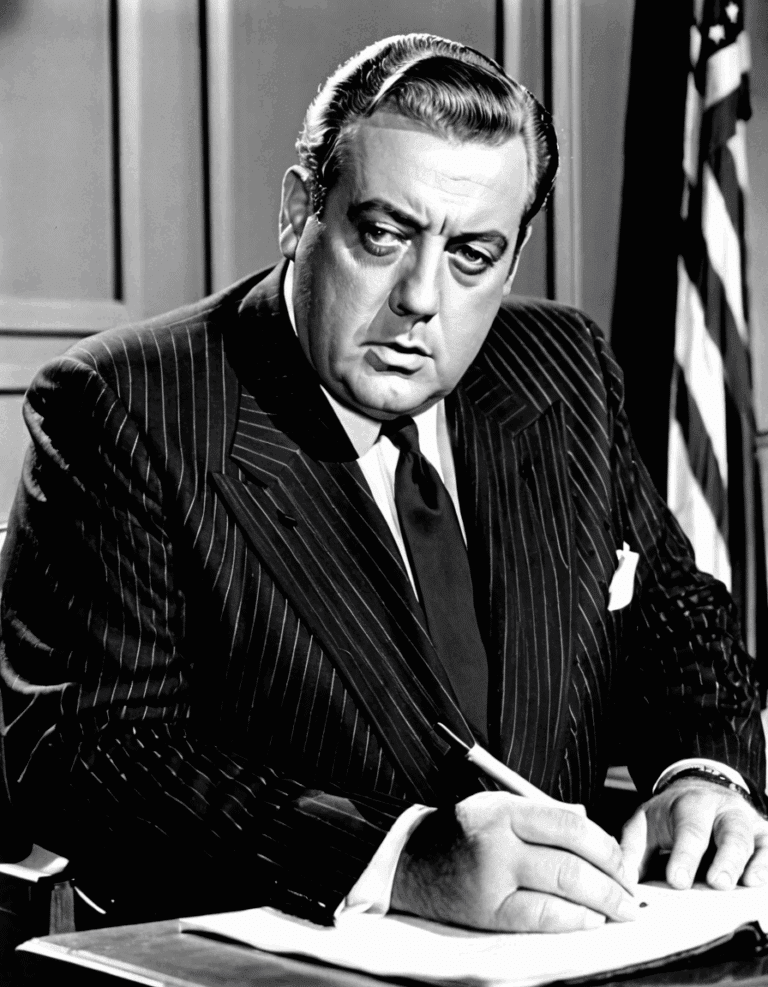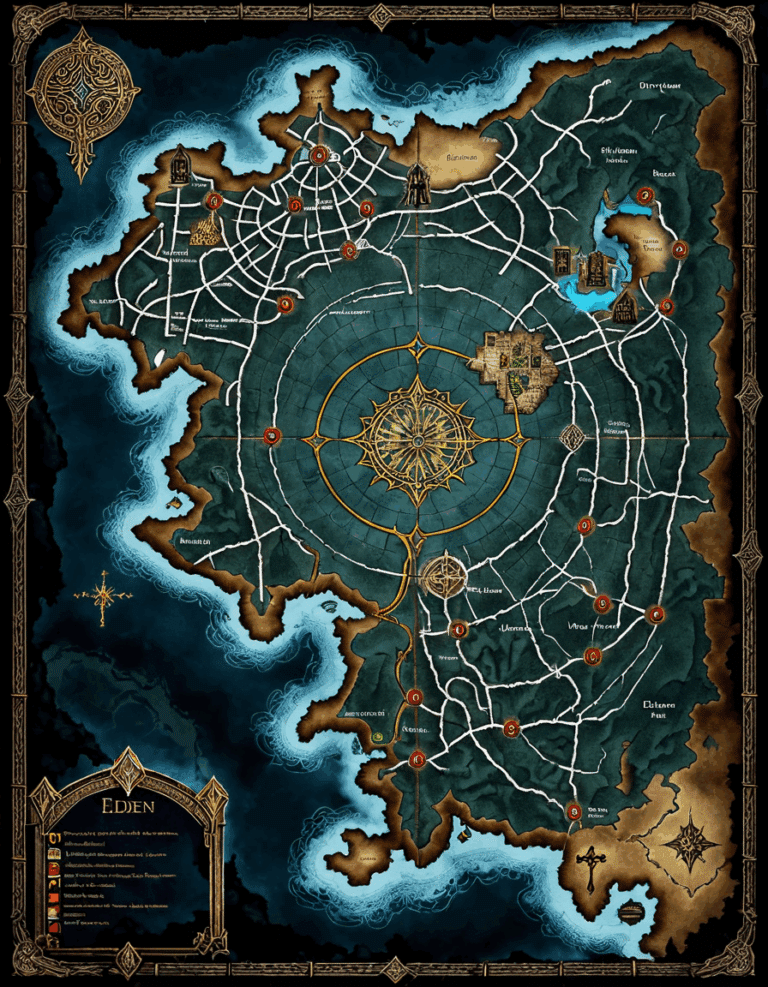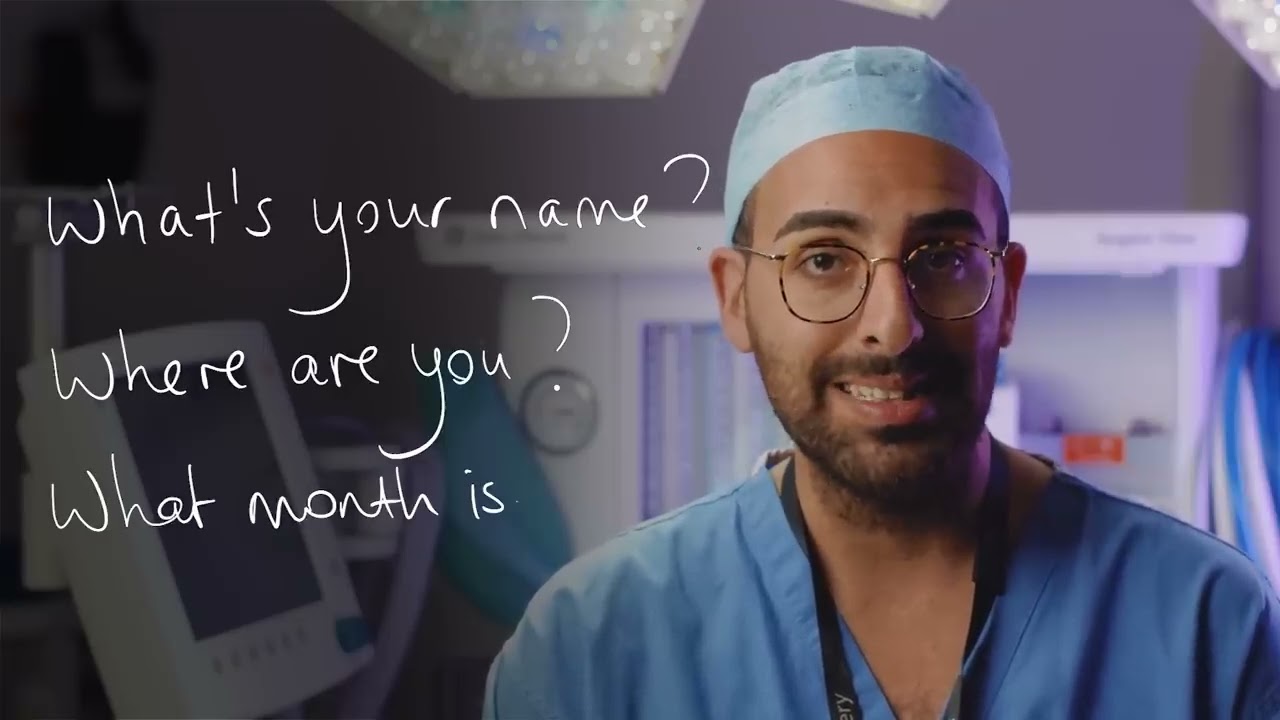
Understanding the GCS Score and Its Clinical Relevance
The Glasgow Coma Scale (GCS) serves as a lifeline for medical professionals assessing a patient’s consciousness, especially after traumatic brain injuries. Established in 1974 by Graham Teasdale and Bryan Jennett, this scale measures three critical areas: eye opening, verbal response, and motor skills. The GCS score ranges from 3, indicating deep unconsciousness, to a perfect 15, showing full awareness. With such a scale, healthcare providers can gain immediate insights into the severity of a patient’s condition—this could very well make the difference between life and death at critical moments.
When paramedics arrive at the scene of an accident, they often turn to the GCS score to guide their swift interventions. A patient presenting a GCS score of 12 may not require the same immediacy in care as one with a GCS of 7. This scoring system is more than just numbers; it’s about life-saving decisions made in rapid timeframes. Each score represents a window into the patient’s neurological status, shaping the course of subsequent medical care.
Understanding the clinical relevance of the GCS score is vital, especially as we face a growing public interest in emergency medical responses. A recent bystander might wonder, “How is this GCS score impacting the patient I just saw?” The answer lies not just in the momentary assessment but in the entire continuum of care that follows—a continuum deeply informed by the GCS score.

The Top 7 Ways GCS Score Influences Patient Recovery
Emergency Medical Technicians (EMTs) often find themselves making life-changing decisions based on the GCS score. For instance, a GCS score of 12 might ease the route to a trauma center, while a score of 7 triggers an immediate intubation. This rapid assessment acts as a roadmap for navigating patient care decisions.
Countless studies point to a strong correlation between GCS scores and patient outcomes. Research published in the Journal of Neurotrauma highlights that patients with lower GCS scores, particularly those scoring 8 or below, face high mortality risks shortly after trauma. It’s alarming that a number like 8 could drastically change the perspective of recovery pathways for these patients.
The beauty of the GCS score lies in its universal application. Whether at the accident scene between EMTs or during handovers to healthcare workers at a hospital, the score creates a common language. This cohesion is crucial, especially when coordinating care across departments, including between EMTs and vice principals of hospital departments focused on critical care.
The GCS score can profoundly affect rehabilitation plans. A study from the Mayo Clinic showed that patients who score 10 or higher upon admission generally have better recovery outcomes. This insight allows healthcare teams to seize opportunities for better individualized care strategies, providing more precise recovery pathways for patients.
There’s much to gain from understanding a patient’s GCS score. When healthcare providers inform families about a loved one’s lower GCS score, it prepares them for the realities that lie ahead. Educating patients during these critical moments promotes understanding around recovery expectations, alleviating anxiety as they navigate this challenging journey.
The growing focus on GCS scores is shifting not just clinical practices but also the landscape of EMT training programs. As states start mandating advanced GCS training, we see a notable correlation with higher EMT salaries. Skilled service providers designed to interpret GCS score nuances become invaluable assets, enhancing the quality of prehospital care.
Healthcare facilities are increasingly leveraging GCS scores to enhance the quality of trauma management. By monitoring these scores, facilities can highlight trends in patient recovery and outcomes. These data-driven initiatives help advance standards of care based on the effectiveness shown through rigorous GCS assessments.
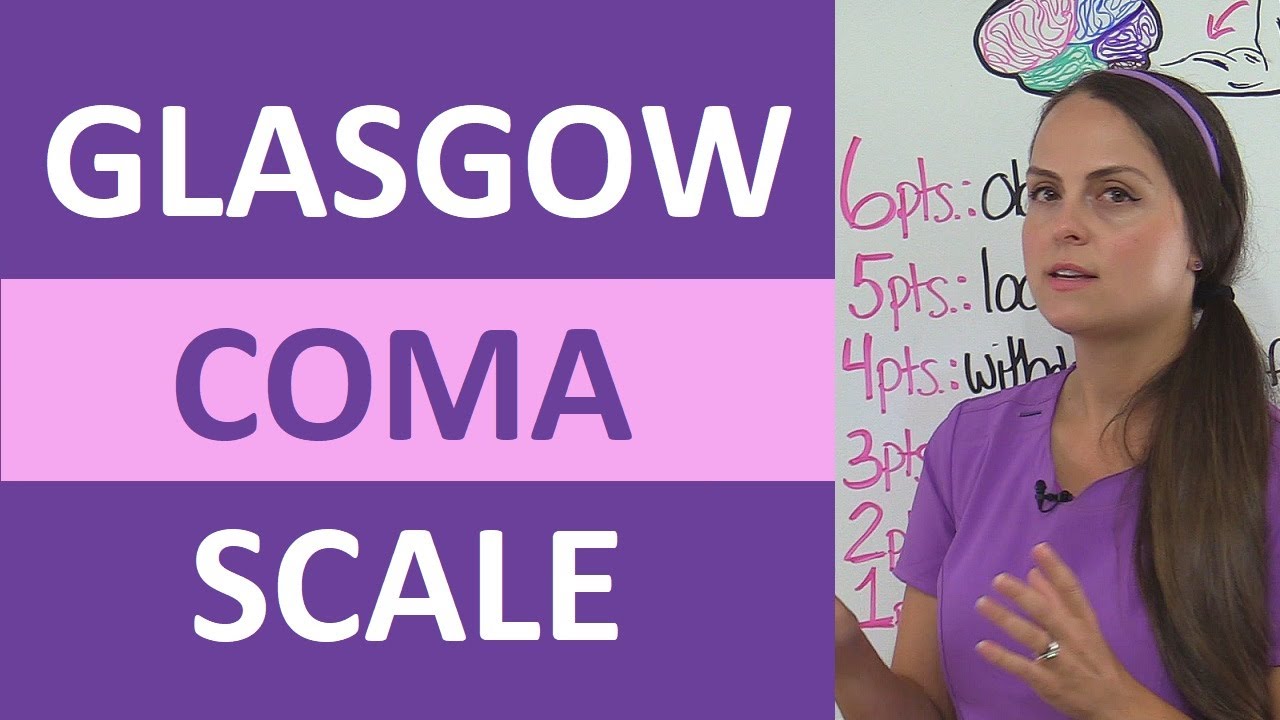
Integrating GCS Score in Today’s Healthcare Landscape
In 2026, personalized medicine is taking center stage, but the GCS score continues to play a pivotal role. This essential metric helps shape individualized treatment plans, ultimately enhancing recovery pathways. As healthcare providers incorporate institutions like the Future Farmers of America (FFA) creed into training, it becomes clear that mentorship and continuous education are becoming as essential in healthcare as they are in agriculture.
The GCS score, when properly integrated into broader health assessments, does more than evaluate consciousness. It serves as a cornerstone on which future health practitioners build their decision-making skills. Continual training around GCS interpretations not only cultivates adept medical workforce members but significantly uplifts patient care as well.
In summary, the GCS score is instrumental not only in gauging immediate patient status but also in molding long-term recovery strategies. Society’s understanding of this vital tool empowers medical responses, ensuring that advancements in emergency medicine are reflected in enhanced patient outcomes. As we delve deeper into learning about the GCS score, we need to advocate for ongoing research in its applications and consequences—because every point matters when it comes to patient care.
By emphasizing the importance of the GCS score in both immediate clinical settings and long-term recovery plans, we contribute to a healthcare environment that prioritizes data-driven insights with human understanding. So, the next time you hear about GCS scores, remember, they’re not just numbers; they’re a lifeline to better health.

GCS Score: Understanding Its Role in Patient Recovery
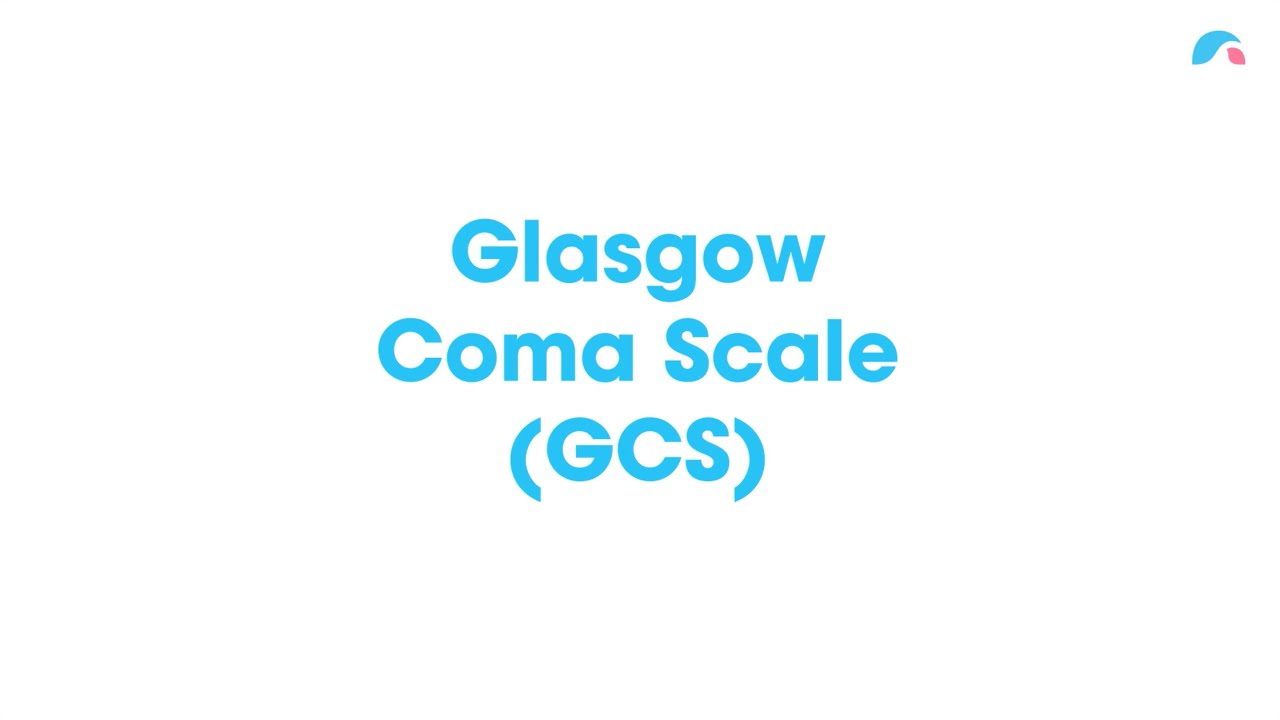
What Is the GCS Score?
The Glasgow Coma Scale (GCS) score is an essential tool for evaluating patients with potential brain injuries. This assessment helps medical professionals determine the level of consciousness and, consequently, how best to treat patients. The GCS score ranges from 3 to 15, with lower scores indicating more severe brain impairment. Fun fact: just like the creative buzz surrounding the Coldplay tour, which highlights diverse musical experiences, the GCS scores can range widely based on individual patient responses.
Trivia Time: Interesting Insights
Did you know that the GCS scale was developed back in 1974? This essential tool was crafted to provide a simple mechanism to assess a patient’s condition. It’s pretty wild to think how something that started so long ago has endured, kind of like the enduring style of stilettos that remain a fashion staple! Speaking of staples, the accuracy of the GCS can significantly influence recovery journeys, akin to how the cast of Gran Turismo brings their A-game to create an unforgettable racing experience.
The GCS Score in Action
Implementing the GCS score effectively can be a game changer. It helps in tailoring treatment plans that increase the likelihood of recovery. Just imagine a hospital setting buzzing with activity, much like the vibrant atmosphere at the Wynn Las Vegas—both working towards a positive outcome! Fun fact: studies have shown that patients who are correctly evaluated tend to show improved recovery paths, similar to how workout motivation influences fitness progress. It’s all about that early intervention, folks!
In summary, the GCS score offers vital insights into patient recovery efforts. Just like switching gears from McAllen to Harlingen can transform a long trip, utilizing the GCS score can shift the course of treatment and recovery, revealing the best strategies to maximize patient health. The significance of a well-documented GCS cannot be overstated; it’s a true lifesaver in medical practices.



